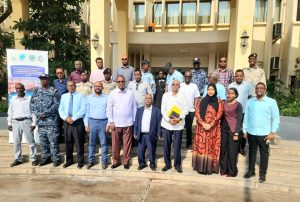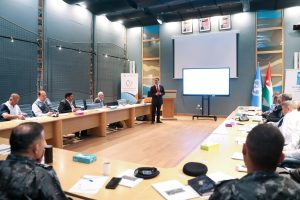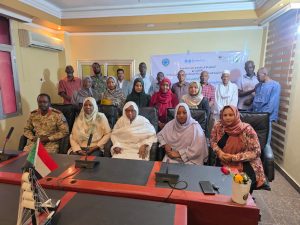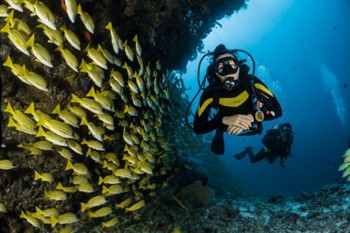Program overview & vision

Monitoring of coastal and marine environment is one of the key tools in scientifically based marine and coastal resources management. It aims at defining ambient conditions and recording changes that may occur in the ecosystem due to natural and/or anthropogenic sources. monitoring is also a source of important indicators for sustainable development and a means of early warning of changes that may occur in the ecosystem due to anthropogenic and natural sources and could be very costly if not even impossible to reverse.
Most of well developed countries have well established sustainable monitoring programs of their coastal and marine environments and consider such programs as important assists in marketing and managing their resources especially in recreation, tourism and living resources.
Assessment of the state of the marine and coastal environment in the Red Sea and Gulf of Aden region is one of the earliest issues dating back to the 1970s. Cooperation in scientific research, monitoring, assessment and in combating pollution is prioritized in the Jeddah Convention (1982): Article X – Scientific and Technical Cooperation. Qualitative and quantitative analysis of various marine ecosystem parameters will provide the the scientific basis for improved decision making at all levels and formulation and implementation of sustainable development policy.
PERSGA has started efforts with the member states to establish their national monitoring programs in support of a regional monitoring program in 2004. All member states received equipment and training that would enable them implement their basic national monitoring programs. Some member states have successfully established their sustainable national monitoring programs and provided data to PERSGA regularly. Some other countries are still making efforts to initiate their national monitoring programs. Furthermore, PERSGA has developed a database and GIS system that is used for the management of monitoring data generated by the national monitoring programs. PERSGA is currently seeking effective participation of all member States in the regional monitoring program and regular monitoring data flow to the regional database.
The Regional Monitoring Program aims at:
- Supporting member states with human and technical capacities as well as equipment to implement monitoring activities and reduce the gap between States in implementing their national monitoring programs
- Providing scientific data to support the development of appropriate national legislation and to assist in making scientifically based decisions in coastal management.
- Harmonization of research and monitoring variables, inter-calibration of monitoring methods and sharing experience among countries.
- Establishment and maintaining a standardized integrated database (of socioeconomic, ecological, biological, chemical and physical variables)
- Enhancing the collaboration with the countries for collection of available data from current monitoring activities for enriching the regional database of environmental ecosystem variables
- Updated mapping of significant habitats and anthropogenic threats (including sensitivity mapping for oil spills and other pollution hazards)
- Establishing an online monitoring and early warning network in the Red Sea and Gulf of Aden region
The Regional Environmental Monitoring Program seeks to provide data on the state of the coastal and marine environment discuss the patterns of changes in the current state of the marine environment in the region, with the necessary decisions taken at the national and regional levels accordingly. the program is also following up with the member states, collecting monitoring data reports and supporting them with the necessary technical and human capacities to facilitate carrying out sampling and analysis.
Monitoring at the regional level is characterized by a wide range of time and space. To maximize the benefits of monitoring data in decision-making and management practices, it is essential to maintain an adequate level of quality in sampling analysis and monitoring results at all levels of national and regional monitoring programs. Based on this concept, standardized parameters should be emphasized in monitoring programs, not only in the way data is obtained, but also in monitoring results to avoid irregularities and to better utilization of the monitoring results.
Gallery
Latest News

National Validation Workshop on the Revised Djibouti National Contingency Plan …

Field Survey for Capacity Building on “Technical Approaches for the …

National Workshop in Aqaba Discusses Jordan’s Draft National Plan of …



